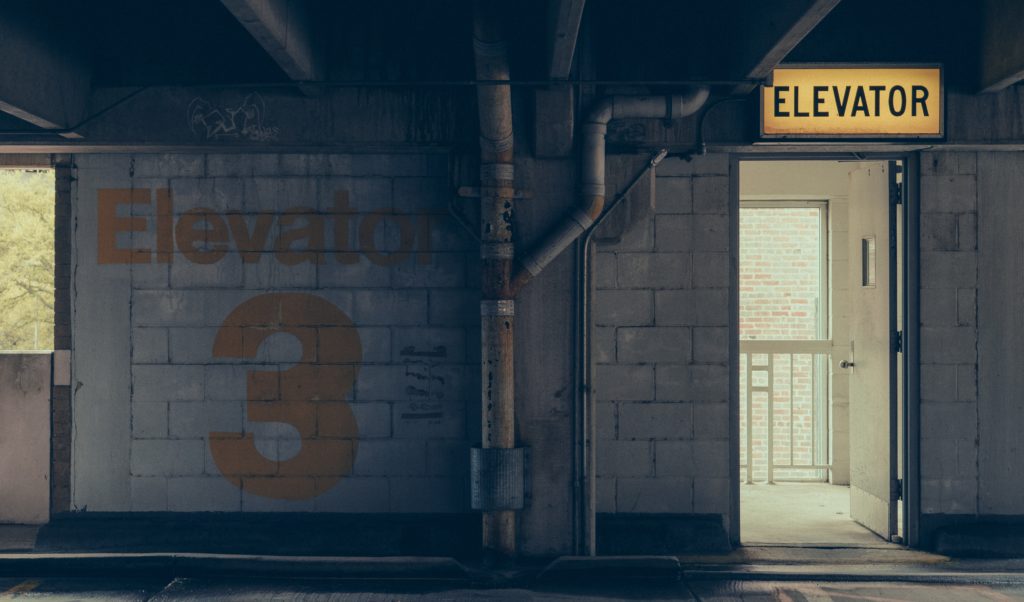 Many people use elevators every single day, especially in New York, where going to work in a high-rise would otherwise leave us winded and exhausted. Our lawyers and staff at WRSH usually hop on the elevator at the Graybar Building to get to our office, rather than trotting up and down the stairs.
Many people use elevators every single day, especially in New York, where going to work in a high-rise would otherwise leave us winded and exhausted. Our lawyers and staff at WRSH usually hop on the elevator at the Graybar Building to get to our office, rather than trotting up and down the stairs.
We all trust that when we step onto an elevator, it will be there, properly aligned; take us up or down at a reasonable speed; and stop correctly for us to get off again. In other words, that it will work.
Thankfully, elevators function properly the vast majority of the time. But when they do fail, people are seriously injured. In the worst cases, people are killed.
Common Elevator Accidents
Statistically, riding in an elevator is remarkably safe, as people ride on them billions of times each year across the country and only about 27 deaths occur annually. That evidence is reassuring for those of us who step onto an elevator a couple times each day. But it is little comfort for the victims of serious accidents, approximately 10,000 of whom are injured in the U.S. every year.
The most common ways that elevator accidents occur include:
- Improper maintenance: Elevators require a great deal of maintenance and repairs, considering the mechanics involved in their use and how often they are used every day. If a building owner fails to ensure maintenance is done, serious disasters can occur. Many elevator-related injuries can ultimately be tied back to a lack of regular maintenance.
- Misleveling: This is the term used to refer to an improper alignment between the interior of an elevator and its outside doors. This can happen when the elevator stops either too high or too low compared to the outer doors. Minor misleveling can cause trips and falls resulting in minor injuries, while more serious misleveling can lead to greater falls resulting in serious injuries.
- Excess speed: Elevators are designed to travel at relatively slow speeds to keep occupants comfortable and safe. When they go too fast, people inside the elevator can be jostled against the walls or thrown to the floor. This can cause cuts and bruises, as well as broken bones or traumatic head injuries.
- Caught in/between: When an elevator stops unexpectedly or gets stuck, some occupants try to pry the door open and slip out. This is extremely dangerous because the elevator could start moving again and cause crush injuries, or worse. Do not try to save yourself in this situation; wait for professional help. This is also a considerable hazard for maintenance and construction workers.
- Falls down shafts: The most devastating type of elevator accidents are falls into open shafts when the elevator itself is not present. This can happen to a passenger who does not realize the elevator is not there when the outer door opens. More often, these accidents involve a maintenance or construction worker without safety gear.
The People at Risk
Construction workers and maintenance crews working on elevators are the people most at risk when it comes to elevator accidents. Almost half of elevator-related deaths each year involve people working on or near elevators, according to data from the Bureau of Labor Statistics and the Consumer Product Safety Commission. This includes construction workers who are building the elevator shaft prior to installation, or working on it during and immediately after installation, as well as maintenance workers performing routine inspections and repairs on elevators and their shafts.

At WRSH, we handled an on-the-job injury case for the family of an elevator mechanic who was crushed while performing repairs in an elevator shaft. Thankfully, through hard work and preparation, we were able to negotiate them a $1.9 million settlement at mediation.
Keeping Workers Safe
In New York, it is the responsibility of employers to ensure their workers have the training and equipment to stay safe while working on a jobsite with fall risks. A high number of construction injuries and deaths each year involve non-union construction workers, who are cheaper to hire, but often do not have the proper safety training compared to union workers. Employers have to provide fall protection for workers in an area with the risk of a fall greater than six feet, but non-union workers might not realize that or demand the equipment they deserve.
When these corners are cut, often to save a building owner money, the lives of the workers are put at risk. Every day in New York, people go off to work in construction or maintenance and don’t come home due to avoidable accidents. It is important to make sure workers understand the protections they have and deserve, and to hold employers accountable for failing to keep them safe. At Wingate, Russotti, Shapiro, Moses & Halperin, LLP, that’s what we do. Our top NY personal injury attorneys know NY elevator accidents, and we know how to get injured workers and families the best outcome. Call us today at (212) 986-7353 for a free consultation.